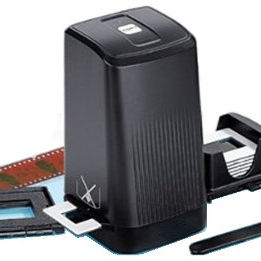python-v4l2capture 2.0 Python extension to capture video with video4linux2
2009, 2010, 2011 Fredrik Portstrom
2011 Joakim Gebart
2017, 2018 Alexander Pitzer
I, the copyright holder of this file, hereby release it into the public domain. This applies worldwide. In case this is not legally possible: I grant anyone the right to use this work for any purpose, without any conditions, unless such conditions are required by law.
python-v4l2capture is a slim and easy to use Python extension for capturing video with video4linux2. It supports libv4l to convert any image format to RGB or YUV420.
this fork of python-v4l2capture: https://github.com/gebart/python-v4l2capture
original python-v4l2capture: http://fredrik.jemla.eu/v4l2capture
libv4l: http://freshmeat.net/projects/libv4l
v4l2capture requires libv4l by default. You can compile v4l2capture without libv4l, but that reduces image format support to YUYV input and RGB output only. You can do so by commenting the line:
libraries=["v4l2"], extra_compile_args=['-DUSE_LIBV4L', ],
in setup.py.
python-v4l2capture uses distutils. To build:
./setup.py build
To build and install:
./setup.py install
The script list_devices.py lists all video4linux devices and it's capabilities (as seen by python-v4l2capture).
The script capture_picture.py shows a simple one-shot immediate capture of a picture. The image is stored to a file "image.jpg".
The script capture_picture_delayed.py wait some seconds to allow the auto-exposure to take place. The image is stored to a file "image.jpg".
The script capture_video.py takes a video and stores it to a file "video.mjpg". It stopps after 10 sec of recording automatically.
The program filmroller.py provided a gui to take captures from a webcam. It switches resolution between lowest resolution (for a live view) and highest resolution (for the snapshot). It is quite useful to be used with slide and negative film scanners.
(see git log for latest changes)
(2014-12-26) - Added framesize and frameinterval getters.
1.4 (2011-03-18) - Added support for YUV420 output.
1.3 (2010-07-21) - Added set of capabilities to the return value of get_info. Updated list_devices.py.
1.2 (2010-04-01) - Forked example script into capture_picture.py and capture_picture_delayed.py.
1.1 (2009-11-03) - Updated URL and documentation.
1.0 (2009-02-28) - Initial release.
